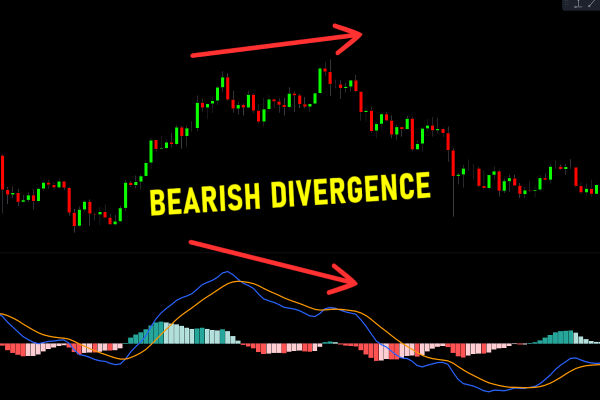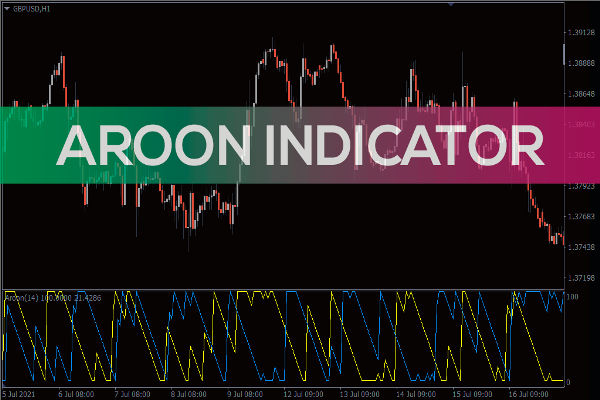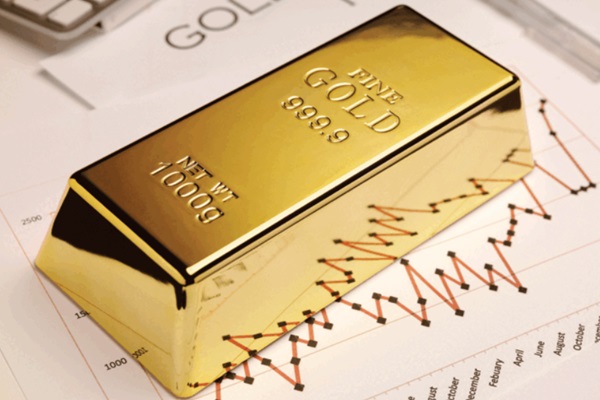Scrap copper prices have surged to the forefront of the metals market in April 2025, reflecting both global economic shifts and supply-demand imbalances.
Whether you’re a seller, buyer, or simply tracking commodities, understanding the latest price movements and underlying trends is essential for making informed decisions.
This update covers current scrap copper prices, key market drivers, and what to watch as the copper sector navigates a volatile year.
Scrap Copper Prices Today
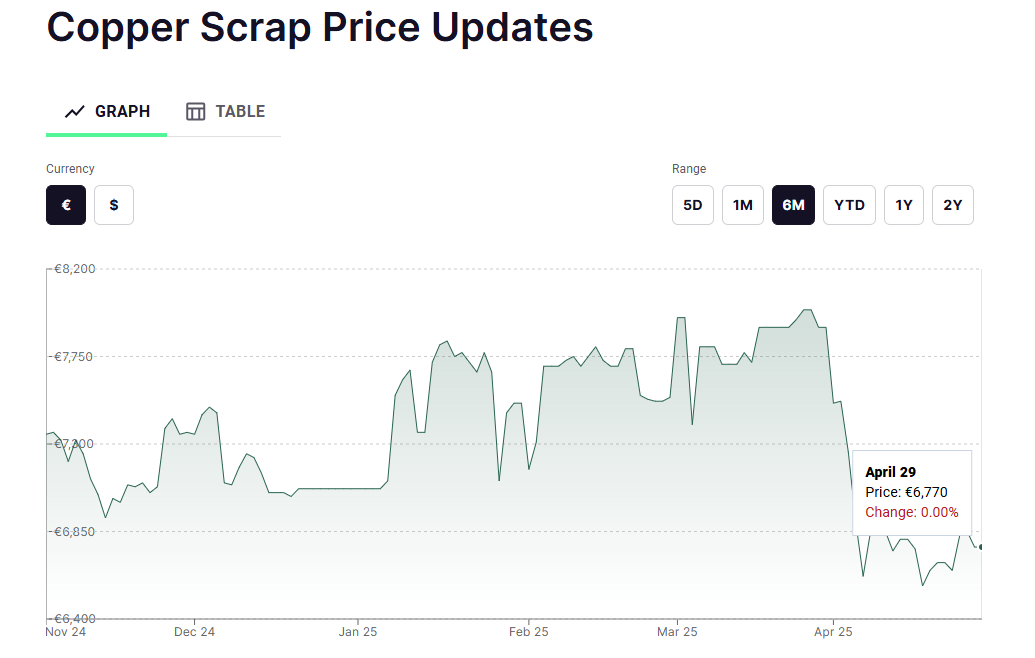
As of late April 2025, scrap copper prices in Europe are showing a median of €6,770 per metric tonne (as of 28 April), down 1.17% from the previous week. In the United States, prices for various copper scrap grades have increased across the board, with #3 Copper-Light Copper rising by 3.52% to $4.41 per pound and #1 Copper Bare Bright up 3.29%. Indian markets also saw copper sheet cutting scrap close at INR 417,000 per tonne on 24 April 2025, a weekly gain of INR 2,000.
On the global futures front, copper prices have soared over 20% since the start of 2025, with US copper futures reaching $4.90 per pound by late April. The London Metal Exchange (LME) cash settlement price for copper stood at $9,410.50 per tonne on 24 April, with stocks modestly declining to 203,425 tonnes.
Weekly Price Movements by Grade
**#3 Copper-Light Copp: Up 3.52% to $4.41/lb
**#2 Copper WireUp 3.44%
**#1 Copper Bareright: Up 3.29%
Copper Radiators: Up 1.3%
Cu/Al Radiator Ends: Flat for the week
These increases reflect strong demand and ongoing supply concerns across global markets.
What’s Driving Scrap Copper Prices in April 2025?
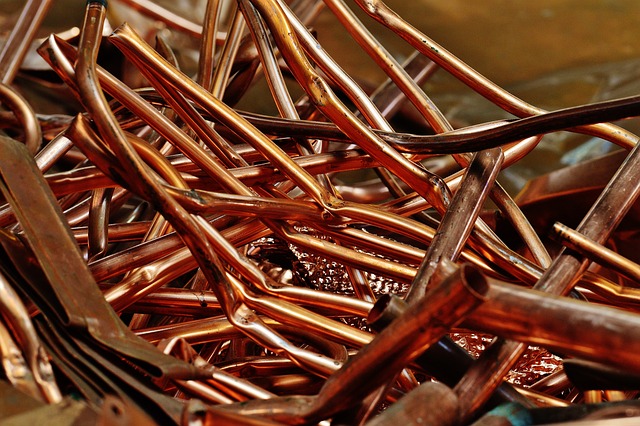
1. Global Supply and Demand Imbalances
Refined copper supply growth is lagging behind rising demand, due to limited mine expansions, stricter environmental regulations, and escalating production costs. As a result, scrap copper is playing a more critical role in meeting global needs, with secondary copper production expected to grow at a 4.2% CAGR over the next decade-outpacing primary production.
2. Geopolitical and Trade Developments
Geopolitical tensions and shifting trade policies are adding volatility to the copper scrap market. The US announced a 10% levy on all Chinese imports in February, prompting Chinese buyers to reduce imports of US-origin copper scrap and shifting global trade flows. Meanwhile, the White House’s decision to delay reciprocal tariffs by 90 days in April provided some relief, but ongoing uncertainty continues to impact prices and trading patterns.
3. Manufacturing and Industrial Demand
Copper remains a vital material for construction, electronics, and renewable energy sectors. Improved sentiment in global manufacturing, following tariff delays and exemptions for key industries, has supported higher copper and scrap prices in April.
4. Market Sentiment and Inventory Trends
LME copper inventories have declined steadily through April, signalling robust demand and limited supply. This tightening has helped support higher prices, with the LME cash settlement price hovering around $9,400 per tonne in the final week of April.
Regional Price Differences
Europe: Median scrap copper price at €6,770/mt (28 April 2025), with full-load transactions typically commanding higher rates than partial loads.
USA: Scrap prices for top grades like #1 Bare Bright and #3 Light Copper are up 3–4% for the week, reflecting strong domestic demand.
India: Copper sheet cutting scrap closed at INR 417,000/tonne, up INR 2,000 from the prior week, with similar trends across other copper scrap categories.
Key Trends to Watch
Tariff and Trade Policy Shifts: Any further changes in US-China trade relations or new tariffs could quickly alter global scrap copper flows and pricing.
Supply Chain Constraints: Limited mine output and stricter environmental controls are likely to keep upward pressure on scrap prices for the foreseeable future.
Technological and Green Demand: The ongoing transition to renewable energy and electric vehicles is boosting copper demand, making scrap supply even more important in balancing the market.
Tips for Sellers and Buyers
Monitor Market Alerts: Scrap copper prices are volatile-sign up for price alerts from reputable sources to time your sales or purchases effectively.
Understand Grade Differences: Higher-grade scrap (e.g., #1 Bare Bright) commands a premium. Sorting and cleaning your scrap can maximise returns.
Stay Informed on Trade News: Keep up with global trade developments, as policy changes can have immediate impacts on local and international prices.
Conclusion
April 2025 has seen scrap copper prices climb on the back of robust demand, tightening supply, and ongoing geopolitical uncertainty. With global refined copper supply struggling to keep pace with demand, scrap remains a vital component of the copper market.
Sellers and buyers alike should stay alert to market shifts, grade differences, and policy developments to navigate this dynamic landscape effectively.
Disclaimer: This material is for general information purposes only and is not intended as (and should not be considered to be) financial, investment or other advice on which reliance should be placed. No opinion given in the material constitutes a recommendation by EBC or the author that any particular investment, security, transaction or investment strategy is suitable for any specific person.




